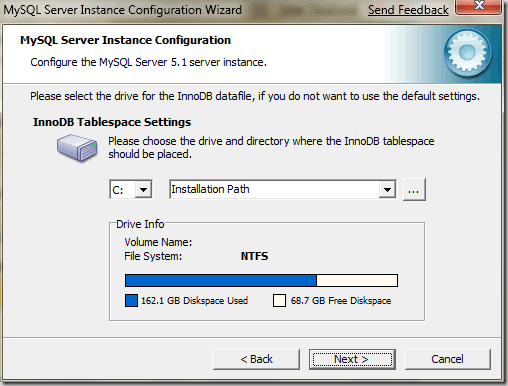

Since I prefer Crucible and that’s not their strength it’s kinda expected to have interesting results. My bird is prepare to eat the nasty pests!įirst of all you’re not that drunk and I am Nery and not Maya.It also helps to improve the quality of the service by ensuring that the necessary steps are taken for a smooth delivery of the service. It provides guidelines for both employees and customers. The customer contact audit is the flow chart of the points of interaction between the customer and service provider. Most service organizations create a customer contact audit to identify the steps taken when providing the service. Process refers to the actual procedures, mechanisms, and flow of activities by which the service is created and delivered. Process is the definition of how the service is provided in a step-by-step manner. In the case of services, how the service is created should be well defined. Even though their service is exceptional, physical evidence might leave a bad influence on the customers. It is an example of how impression management is crucial for service organizations. Even though you like their freshly baked goods, you decide not to go back to the bakery again. However, you notice that the floor and counters are dirty and there are spider webs in the corners of the walls.

They have a good variety of choices and their samples taste great. Sergeyryzhov/iStock/Getty Images Example: You walk into a bakery to buy freshly baked bread. This is related to the concept of impression management, or evidence management. Service providers pay a lot of attention to how they manage physical evidence, in order to leave a good impression of the service on the customer. The physical evidence of the service includes all the tangibles surrounding the service: the buildings, landscaping, vehicles, furnishings, signage, brochures, social media, websites, and equipment. It has an impact on the customer's perception of the service. The physical environment in which the service provider and customer interact plays an important role. Employees must function well as a team to provide service quality, excellent customer experiences, and customer satisfaction. Internal marketing includes properly selecting, training, and motivating all employees. Successful marketing strategies start with the satisfaction of employees before reaching out to the customers. Internal market refers to the employees of the organization. Organizations must treat their employees like valued customers. Internal marketing refers to how an organization must care for and treat their employees, since the employees are the key to providing the best service to its customers. This is related to the concept of internal marketing. That is why service organizations have a special focus on the people who provide the service. People who create and deliver the service are critical for the success of the service organization. Service organizations are judged based on the performance of the people who provide the service. A well-known brand name makes it easier for service organizations to maintain their current services as well as to introduce new services. The brand is the signal not only of identification but also of differentiation and the image. Service organizations pay attention to branding strategies in order to distinguish themselves in the minds of the consumers. Brand name or identifying logo is particularly important in identifying services.

As a result, they are more difficult to describe. Services are not physical goods and most of them have no shelf space. Comparing services to goods, services are intangible. Marketers design the service based on the features and benefits desired by customers. Product in the service industry refers to the service itself. Let us explore the 7Ps starting with product. Marketers work on creating a proper blending of these seven Ps to satisfy the needs of consumers in the service sector. Icons by ViewPixel/iStock/Getty Images other by ass29/iStock/Getty Images Seven Ps of Service Marketing: product (service), price, place (distribution), promotion, people, physical evidence, and process. Module 3-Week 12: Advertising, Sales Promotions, Public Relations, and Green Washing.Module 3-Week 11: Developing Promotional Mix.Module 3-Week 10: Marketing Channels and Supply Chains.Module 2-Week 7: New Product Development, Product Life Cycle, and Branding.Module 2-Week 6: Target Market Selection.Module 1-Week 1: Introduction to Marketing.Course Description and Learning Outcomes.


 0 kommentar(er)
0 kommentar(er)
